London-based Chinese artist Can Sun has turned ignoring conventional wisdom into an art form. Far from heeding the old adage against playing with food, Sun has turned ordinary apples into masterpieces of complex geometry and design. Adding elements like brass hinges to the apple sculptures, Sun challenges the viewer’s preconceived notions about everyday objects. The artist’s past was fraught with hardship, which informs his unique approach to his work. He seeks to turn everyday objects into pieces that shake the audience’s conventional understanding of reality.

Early Life and Inspirations
Contrary to a smooth upbringing, Can Sun grew up facing several challenges that had a profound impact on his perspective and his art. Sun uses humor as a coping mechanism to shield his self-worth. It is from this background that he draws his primary inspiration, choosing commonplace objects for his art because the more ordinary the item, the greater the shock it produces when transformed.
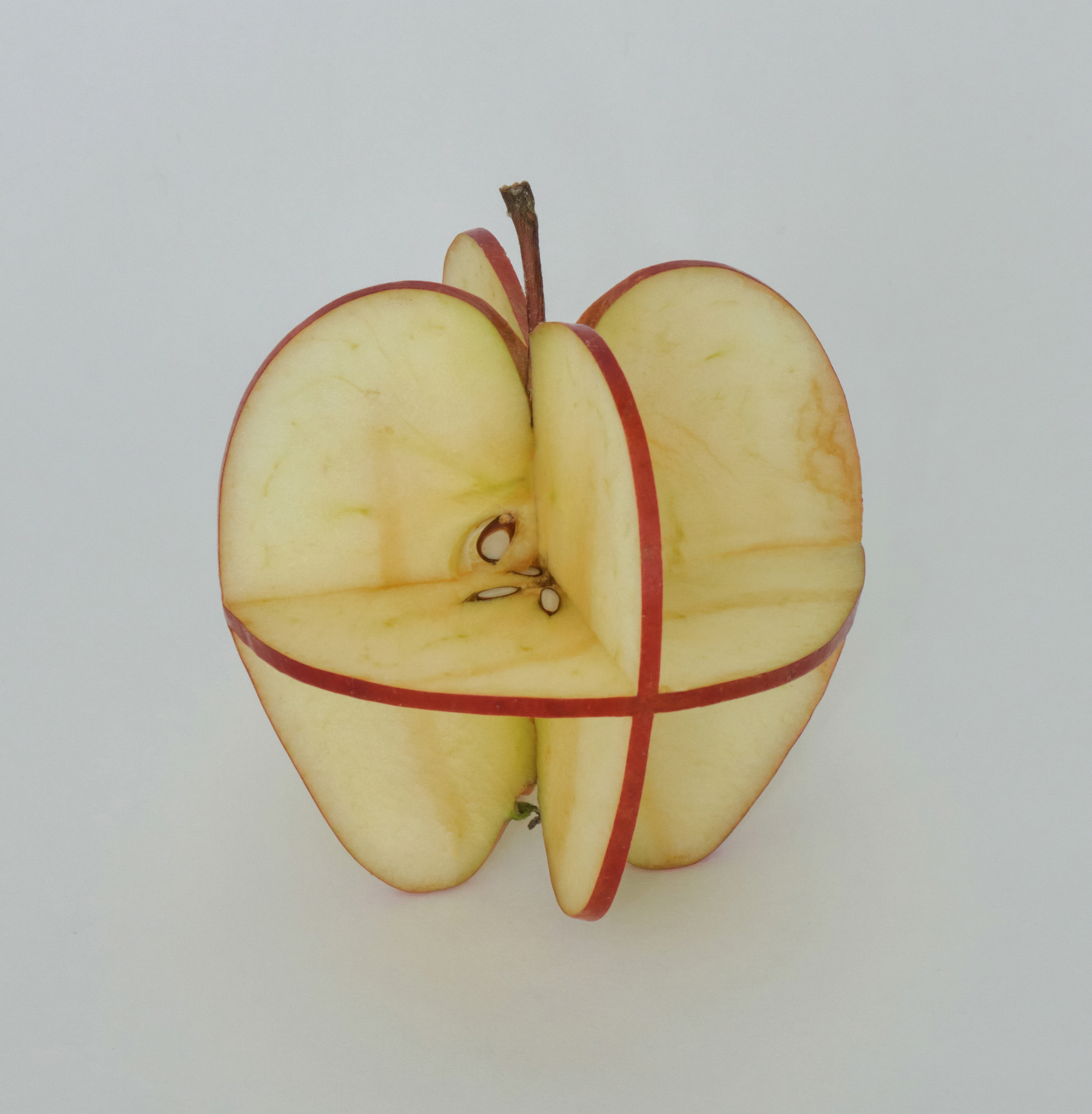
Can Sun is influenced by the existential philosophy of absurdism. The style encompasses questioning the very nature of reality through its many contradictions. He takes inspiration from renowned absurdist artists such as Mauricio Alejo, Erwin Wurm, and Richard Wentworth. These artists often manipulate everyday items to make a point about the purposelessness at the core of existential thought.
Artistic Approach
Sun describes his method as “anti-convention.” He delves into the common and mundane, such as lighters or candles, to break away from normal expectations. He employs humor and surprise to elevate these otherwise overlooked objects into something extraordinary, like a candle plugged into an electrical socket, or a carved apple fitted with a SIM card. He notes that humor serves as a strong counterforce to the emptiness of existence.
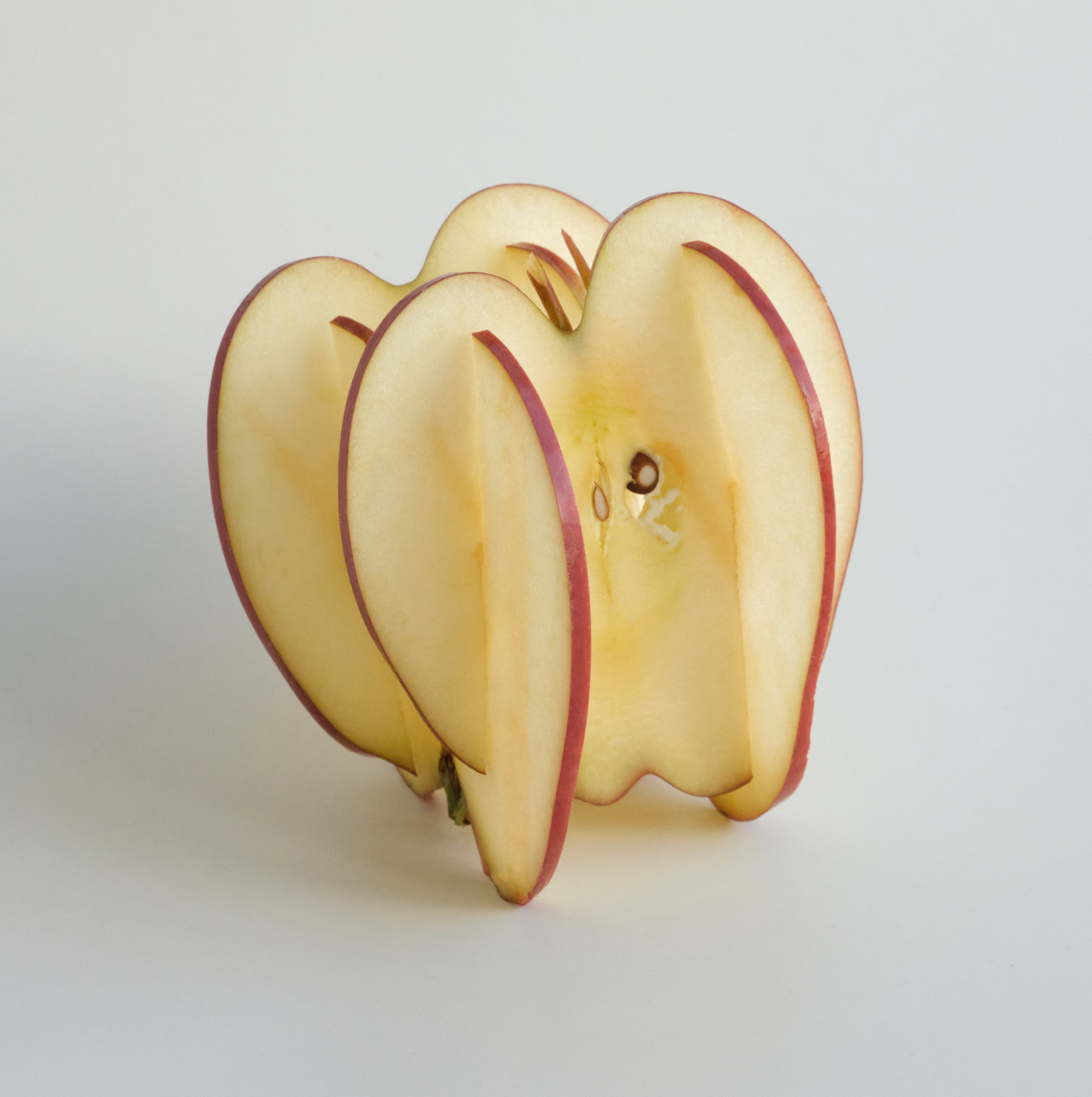
Noteworthy Projects
Can Sun’s “Nonsense” gallery showcases this philosophy at work. As a photography student at the Royal College of Art, Sun has created a series of still-life images that redefine everyday objects. In this gallery, the viewer is led to question the very foundation of the commonplace. For example, a SIM card embedded in an apple not only satirizes a well-known technology company but also brings attention to the existential debate about the tension between nature and technology.
Scholars have noted that technology poses a fundamental challenge to human nature, making it a crucial existential topic. Sun’s apple sculpture, therefore, serves as a whimsical yet thought-provoking commentary on this complex subject.
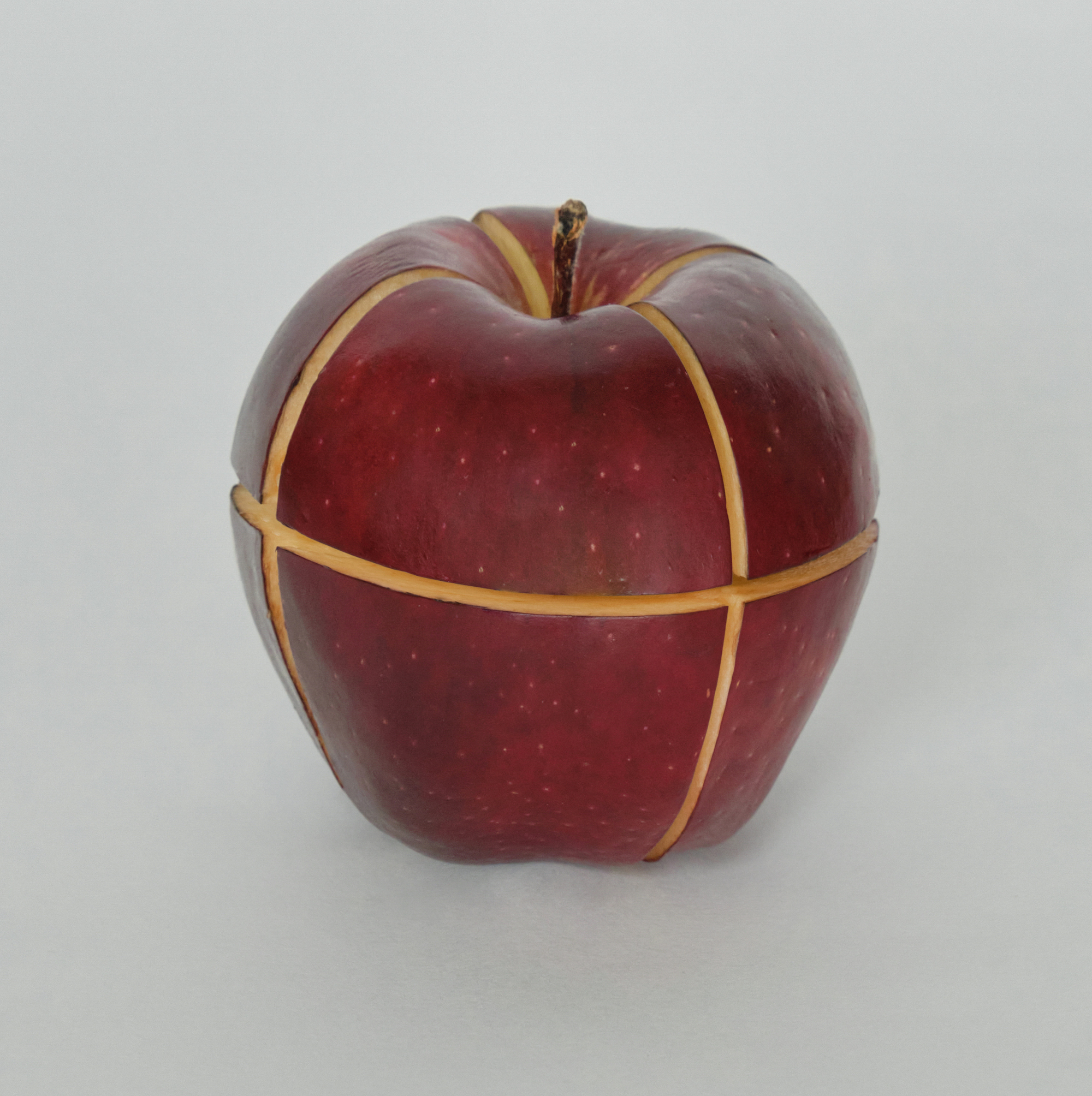
Future Plans
According to Sun, the exploration of absurdity in art serves to mirror the zeitgeist of his generation. The struggle with the lack of meaning in life is a recurring theme, but Sun suggests that the very notion of right and wrong is inconsequential in this context. As he continues his master’s degree, he plans to further explore the boundaries between absurdity and reality. He also has a new project in the pipeline, where he plans to document his life using film, thereby adding a layer of meta-absurdity to his portfolio.
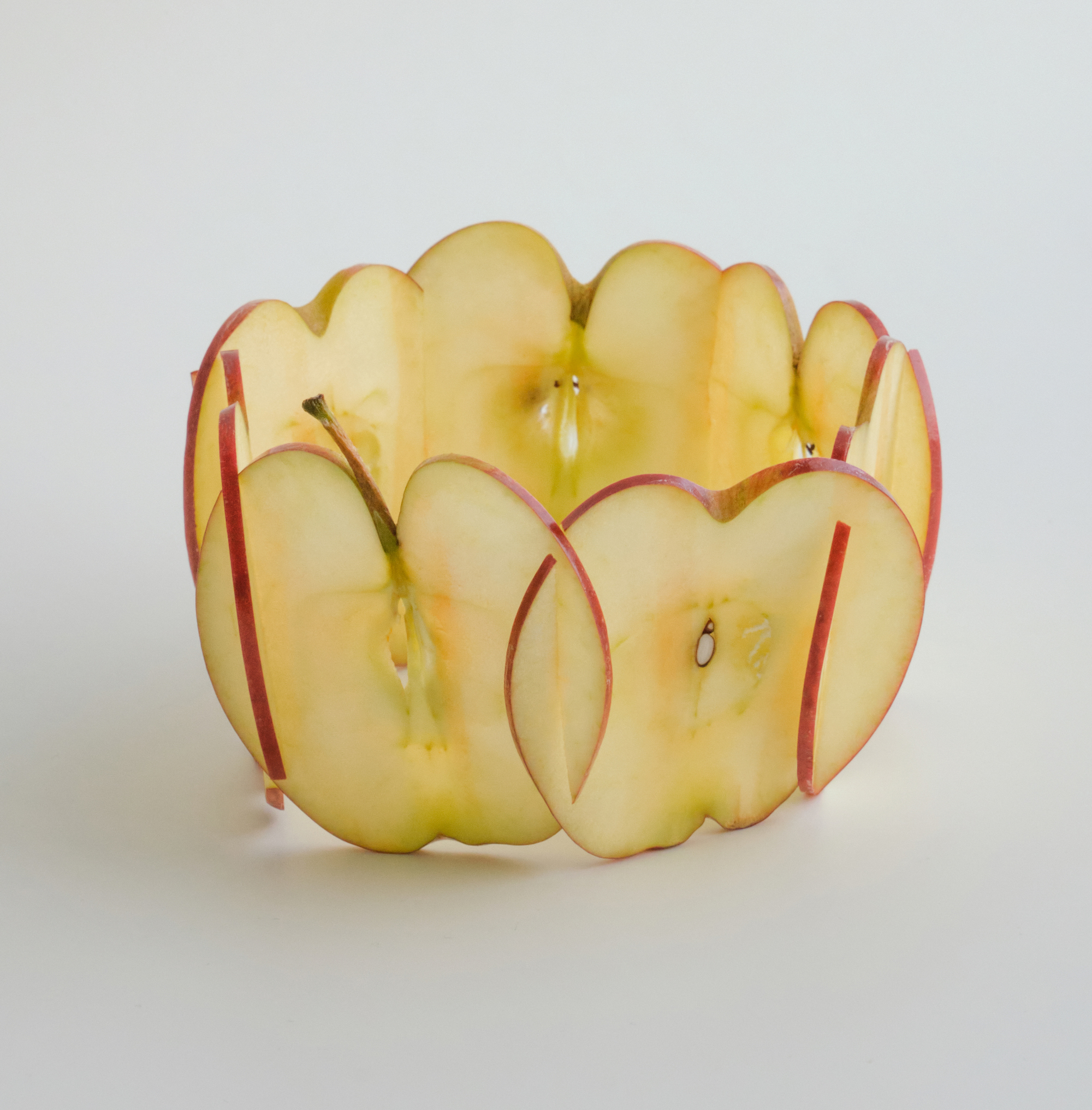
The art of Can Sun serves as a compelling intersection of existential philosophy and everyday reality. By employing humor and surprise, he takes objects that are typically ignored and turns them into profound expressions of life’s inherent contradictions. He defies the expectation of what art can be, where it can come from, and what it can express. Sun’s work serves as a catalyst for deeper contemplation about our own understanding of the world, and it is this capacity for profound impact that marks him as an artist of noteworthy significance.
While it may be easy to overlook the importance of ordinary objects, for artists like Can Sun, these are the canvases upon which they impose their complex web of thoughts, inspiring audiences to re-evaluate their understanding of the world around them. As he continues to grow and evolve, the art world can undoubtedly expect more groundbreaking work that further blurs the line between the absurd and the real.
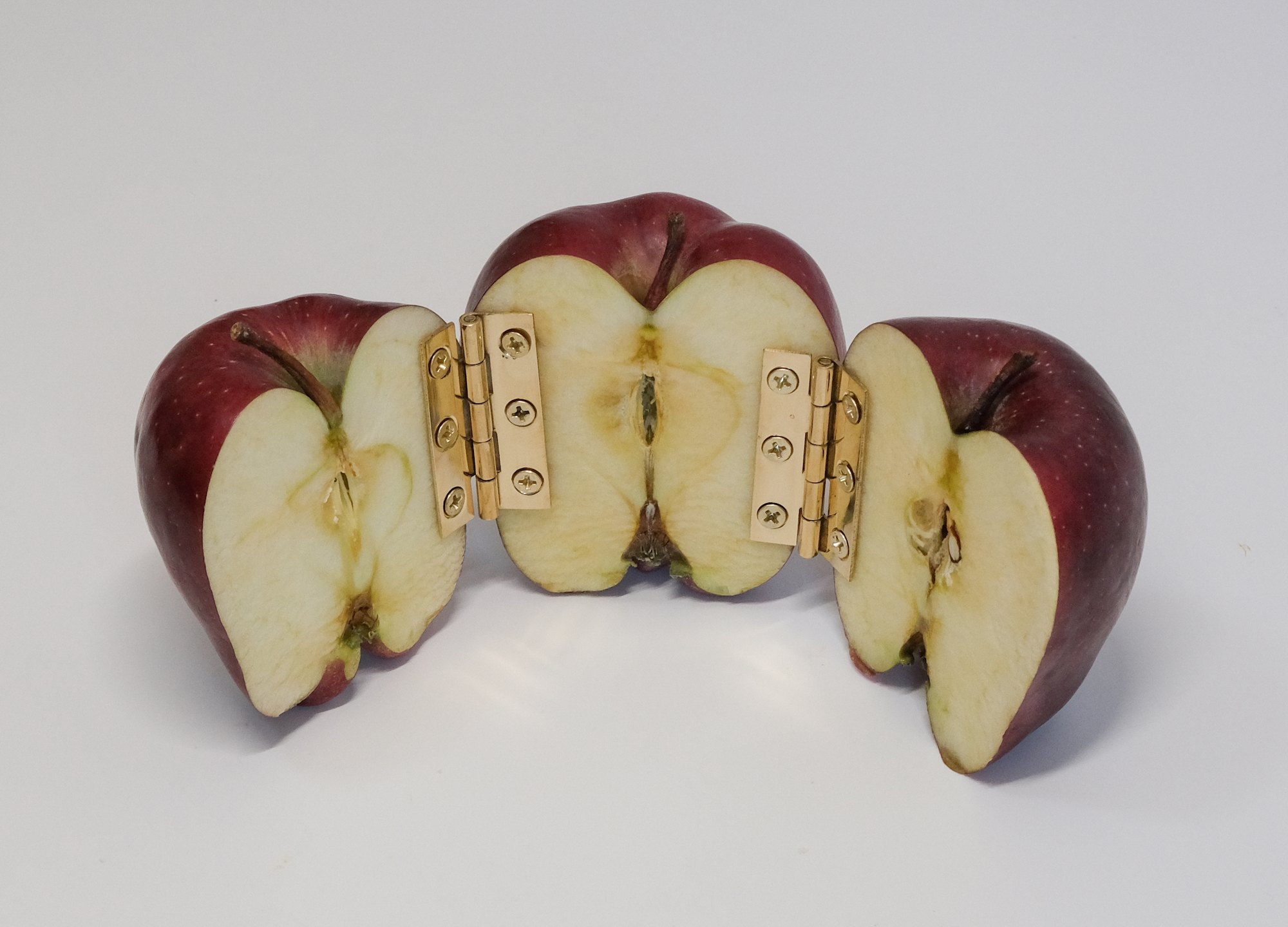
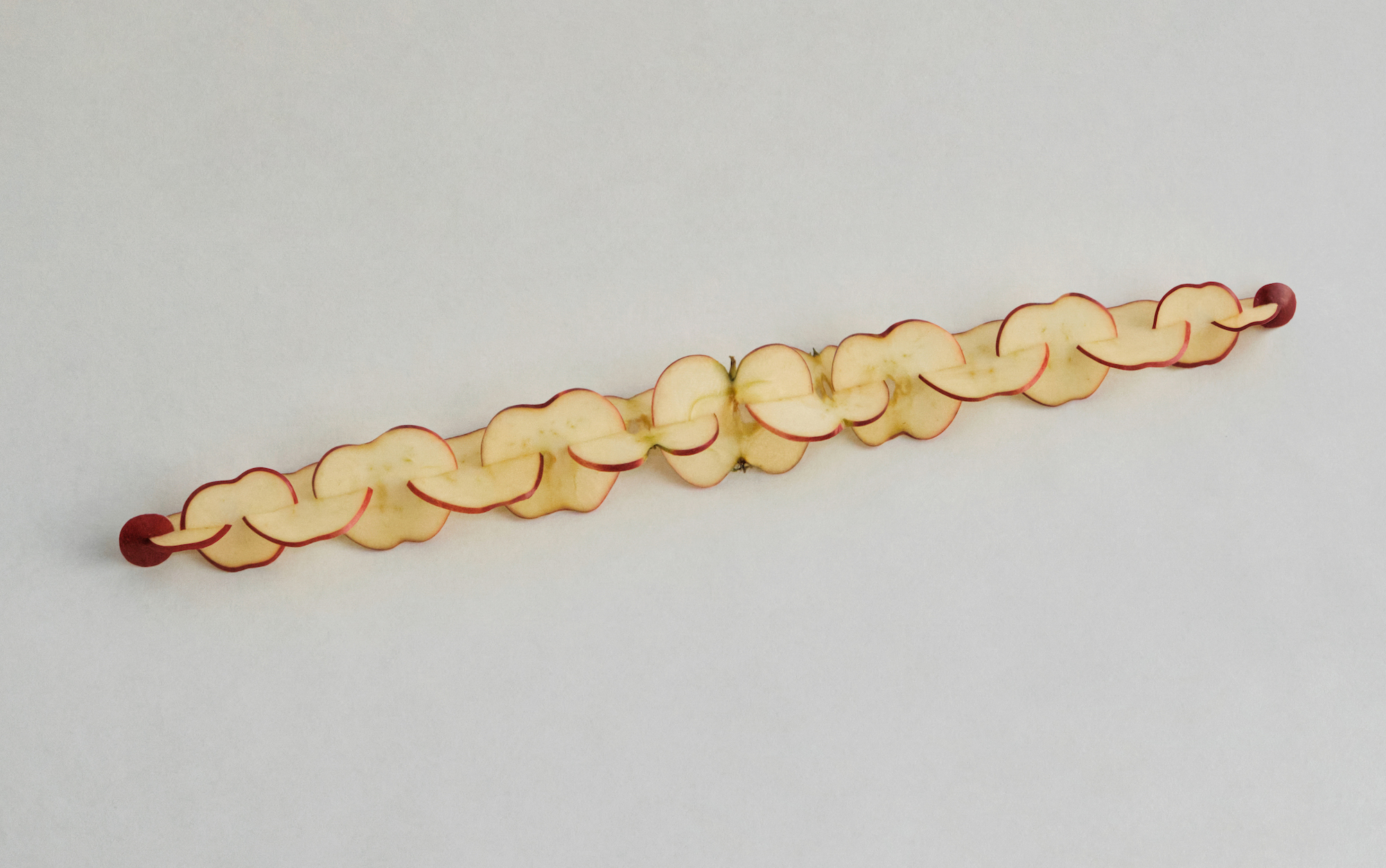
h/t BoingBoing
